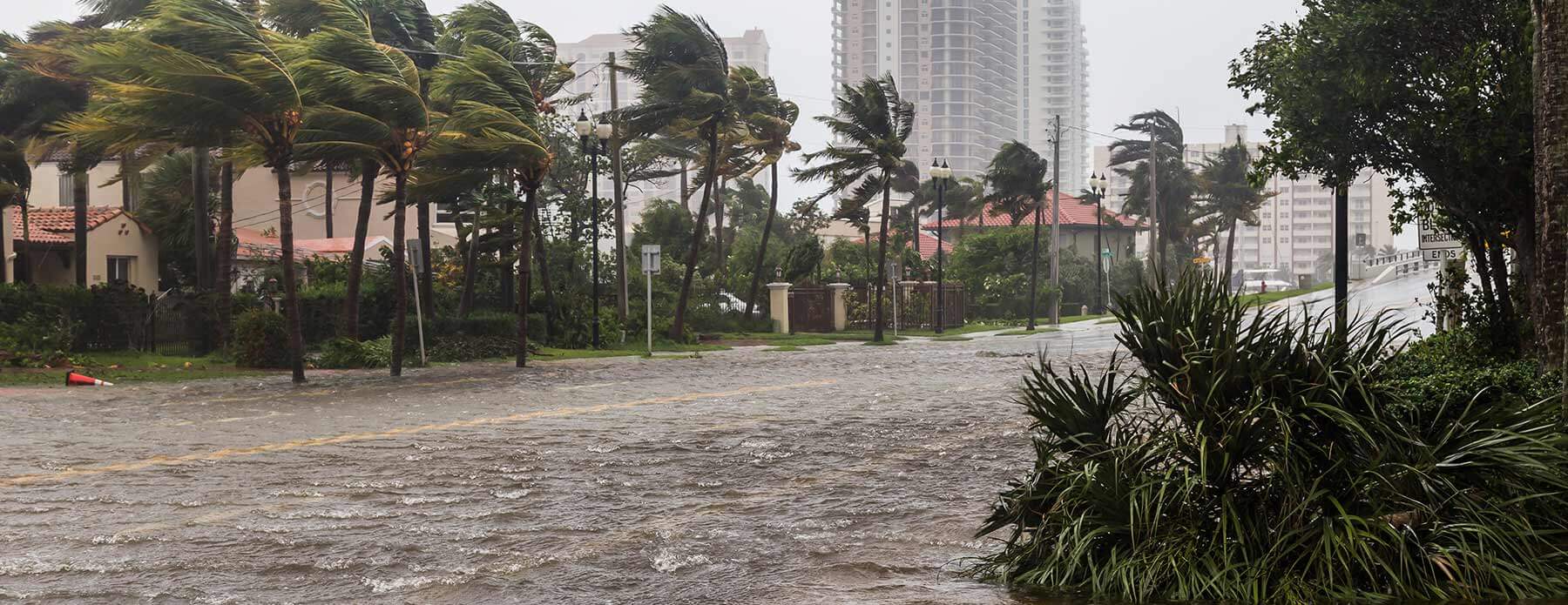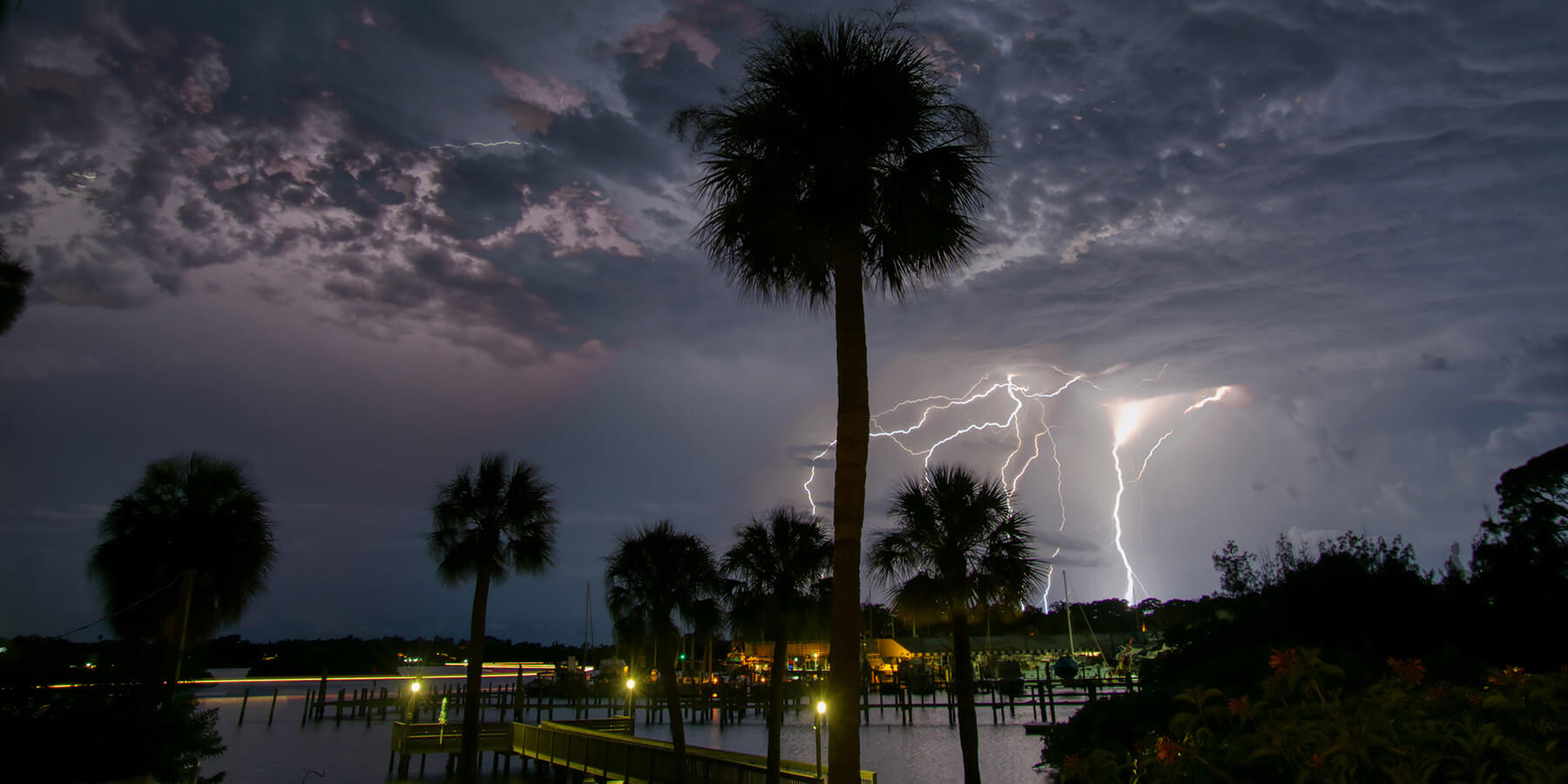El Niño is a climate phenomenon that affects weather patterns across the world. Its influence on the Atlantic hurricane season and its consequences for the Southeast United States, as well as its impact on hurricane development in the Pacific Ocean and how it can influence the United States’ West Coast and Hawaii, are topics of significant interest.
Here, I’d like to explore what El Niño is, its effects on hurricane seasons, and the potential ramifications for these regions.
Understanding El Niño
El Niño refers to the abnormal warming of sea surface temperatures in the central and eastern equatorial Pacific Ocean. This climate pattern occurs irregularly, typically lasting 9 to 12 months, and can influence weather patterns worldwide.
El Niño and the Atlantic Hurricane Season:
El Niño plays a crucial role in shaping the Atlantic hurricane season. During El Niño events, the trade winds weaken, leading to an accumulation of warm water in the central and eastern tropical Pacific. This warmer water, combined with altered atmospheric circulation patterns, increases vertical wind shear in the Atlantic basin. The increased wind shear hampers hurricane formation and intensification, leading to a potential reduction in overall hurricane activity in the Atlantic. As a result, the Southeast United States, including states like Florida, Louisiana, and Georgia, could experience a decrease in the frequency and intensity of hurricanes. However, El Niño is not the only determining factor that shapes hurricane activity in the Atlantic Ocean. Other factors include the Atlantic Multidecadal Oscillation (AMO), regional sea surface temperatures (SSTs), and atmospheric conditions.
Atlantic Multidecadal Oscillaition
The Atlantic Multidecadal Oscillation (AMO) is a natural climate pattern that affects sea surface temperatures (SSTs) in the North Atlantic Ocean. It is characterized by a long-term fluctuation of SSTs over a multi-decadal time scale, typically ranging from 20 to 40 years. The AMO is not related to or directly influenced by El Niño or other tropical climate phenomena but instead can be thought of as a cycle in which the North Atlantic Ocean alternates between warmer and cooler phases. During the positive (warm) phase of the AMO, the North Atlantic experiences above-average SSTs, while during the negative (cool) phase, SSTs are below average. These phases can persist for several decades before transitioning. The AMO influences various climate factors and can have significant impacts on weather patterns and ecosystems, including hurricane activity. For transparency, the AMO is currently in a positive, or warm, cycle.
El Niño and Pacific Hurricane Development
While El Niño generally suppresses hurricane activity in the Atlantic, it can have the opposite effect in the Pacific Ocean. The warmer sea surface temperatures associated with El Niño provide favorable conditions for hurricane development in the eastern Pacific. This region includes countries such as Mexico, Guatemala, El Salvador, Honduras, Nicaragua, and Costa Rica. An increase in hurricane activity can threaten these coastal regions, potentially impacting local communities, infrastructure, and economies.
Impacts on the US West Coast and Hawaii
El Niño’s influence on the Pacific hurricane season also affects the United States’ West Coast and Hawaii. While the West Coast is generally less prone to direct hurricane landfalls, the remnants of tropical systems can bring rainfall and occasionally strong winds to the region. El Niño can increase the chances of tropical moisture and storms reaching the West Coast, leading to enhanced rainfall and localized impacts.
In Hawaii, El Niño can have varying effects. It can reduce overall hurricane activity in the Central Pacific basin due to increased vertical wind shear. However, the Central Pacific can experience more hurricane formation and intensity during El Niño events. While direct hurricane landfalls in Hawaii are relatively rare, the increased hurricane activity can still pose risks, including heavy rainfall, high surf, and potential impacts on tourism and local infrastructure.
Conclusion
El Niño, with its influence on Atlantic and Pacific hurricane seasons, holds significant implications for the Southeast United States, the West Coast, and Hawaii. While El Niño generally reduces hurricane activity in the Atlantic and can potentially lower the risks for the Southeast United States, it increases the likelihood of hurricane development and impacts in the eastern Pacific. Understanding these effects is crucial for preparedness, mitigation, and response efforts in these regions, enabling communities to adapt to the ever-changing dynamics of our planet’s climate system.

Chris Denney
Program Manager, Debris Services
Chris Denney is an established emergency management professional with over 17 years of experience in debris management, project management, data management, and disaster response. He is thoroughly trained in disaster debris monitoring processes, procedures, and best practices.
He has successfully led personnel for many debris monitoring operations including major hurricanes, floods, ice/winter storms, tornados, and oil spills. He has managed and secured funding for more than 10 million cubic yards of disaster-generated debris.



